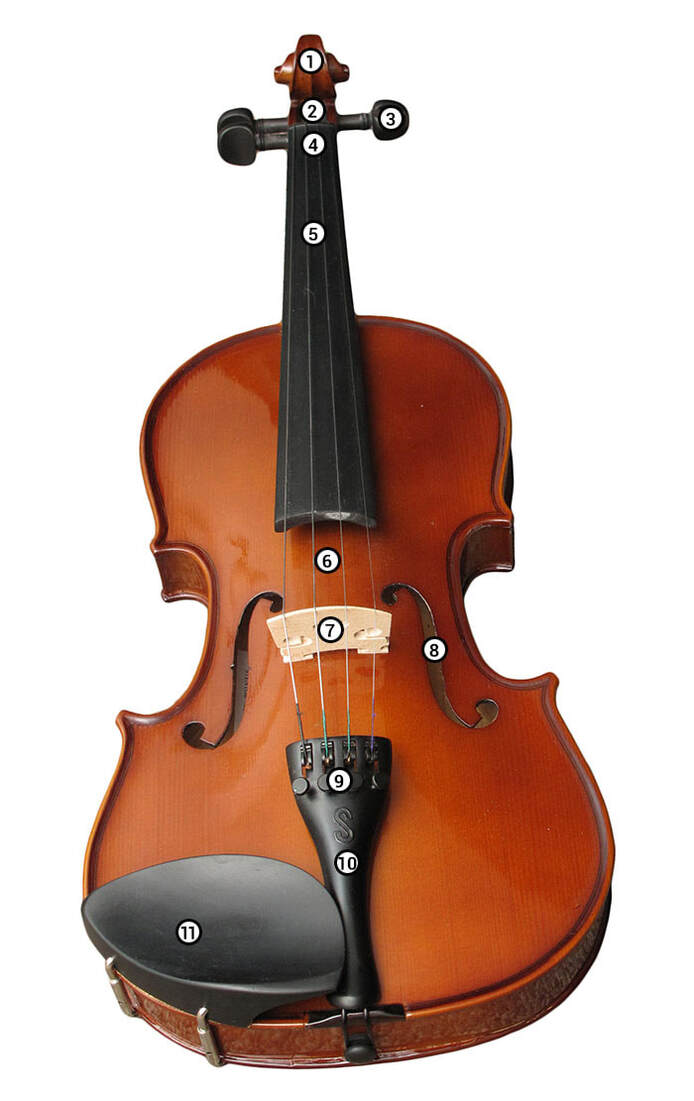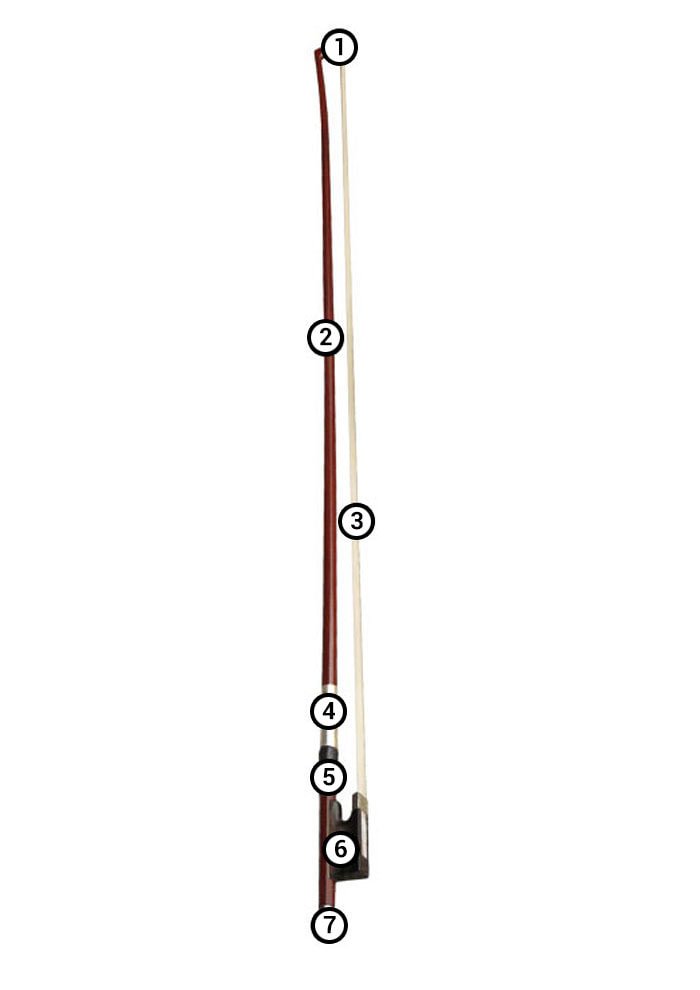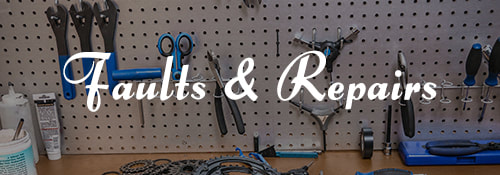Violin |
Listen to the sound of a Violin
|
|
The Violin is a bowed string instrument. It has four strings and is the smallest and highest-pitched member of the string family, including the Cello, Viola and Double Bass.
The Violin is played in various musical genres, including classical, pop, jazz, folk and rock and roll. |
The Violin is a popular starter instrument for children. Because Violins come in several different sizes, it is possible to start playing at a very young age.
|
|
1
ScrollThe Scroll is the decoratively carved end of the neck of the Violin.2
Peg boxThe Peg box is the part of the Violin housing the Tuning pegs3
Tuning pegThe Tuning pegs hold the strings in the peg box. They also tighten or loosen the strings and change the pitch produced when the string is played.4
NutThe Nut is a small piece of hard material which supports the strings at the end closest to the headstock. It sets the spacing of the strings across the neck and usually holds the strings at the proper height from the fingerboard. Along with the bridge, the Nut defines the vibrating length of the open strings.5
FingerboardThe Fingerboard is a long strip of wood glued to the neck of the Violin and above which the strings run. The strings are pressed down on the Fingerboard to change the vibrating length causing the pitch to change6
StringsThe Strings are the vibrating elements that are the sound source of the Violin. They are lengths of flexible material kept under tension so that they may vibrate freely but controllably. Strings may be plain or wound7
BridgeThe Bridge is a device for supporting the strings on a Violin and transmitting their vibration to some other structural component of the instrument to transfer the sound to the surrounding air. The Bridge is not glued but rather held in place by the tension of the strings8
F-HoleF-holes are located on either side of the bridge, allowing air to move in and out of the Violin as part of the sound production process. They also act as access points to the interior of the Violin for repair and maintenance purposes9
Fine Tuners/AdjustersFine Tuners sit at the bridge end of the strings near or on the tailpiece. They are used to tune the strings finely. They are adjustable clamps.10
TailpieceThe Tailpiece attaches the strings to the lower end of the Violin and can have one or more fine tuners.11
Chin RestThe Chin Rest is a shaped piece of wood (or plastic) attached to the body of a Violin to aid in positioning the player's jaw or chin on the instrument. |






